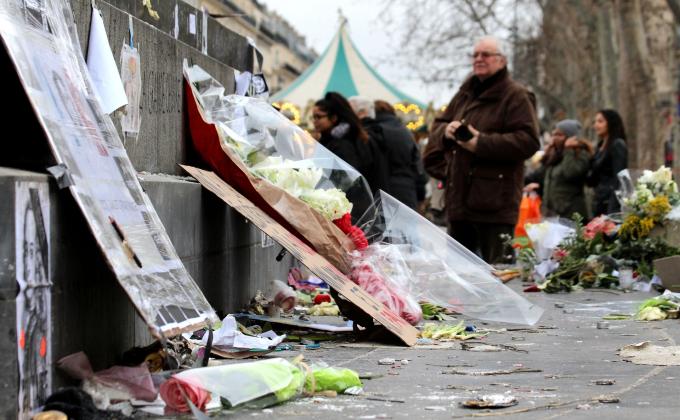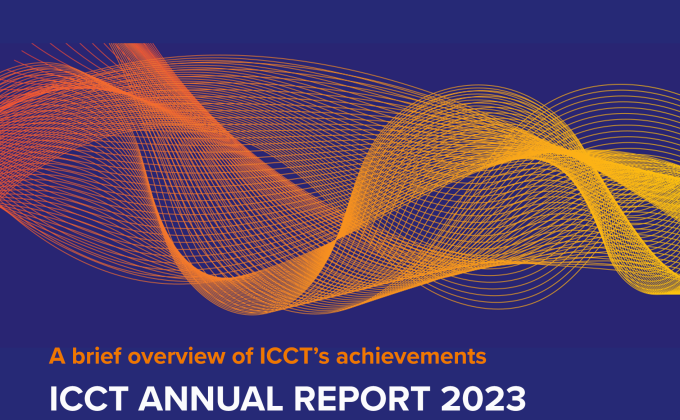Legislation specifically designed to address terrorism-related violence is a powerful instrument that governments can use in the struggle against violent extremism. Yet history shows that creating new laws or amending existing ones specifically for counterterrorism purposes can have unintended and dangerous side-effects, including the potential to seriously undermine the legitimacy of the government enacting these changes. Can history help us to differentiate between legal reforms that are effective and those that do more harm than good?
Italy experienced widespread domestic terrorism during the 1970s and 1980s, with armed groups on both extremes of the political spectrum committing frequent and often very lethal acts of violence. One of the most striking legal responses undertaken by the Italian government was the so-called "Penitence Law". In force from 1982 to 1983, this law made it possible for terrorists who "repented" (i.e.: provided the state with information on their comrades who were still at large) to receive significantly reduced sentences, even for very grave crimes such as murder. Many members of the infamous Red Brigades, including those already imprisoned, came forward to cooperate with the government, dealing a death-blow to the organisation they renounced.
However, the success of the Penitence Law rested in large part on developments that were external to it. By the early 1980s, the Red Brigades had squandered a tremendous amount of the Italian public’s sympathy, mostly as a result of their 1978 decision to kidnap and murder the respected statesman Aldo Moro. On top of this, the organisation was hounded by the security forces, obligating its members to live an increasingly dangerous and isolated underground existence. To many individual brigatisti, the Penitence Law embodied their last hope of ever returning to any kind of normal life. The success of this measure, therefore, cannot be evaluated in isolation from the larger context of the situation in Italy at the time.
Interestingly enough, at very much the same time the British government was putting a similar measure into play in Northern Ireland. There, the "supergrass trials" relied on the testimonies of key witnesses to dismantle paramilitary organisations such as the Provisional IRA (PIRA) and the smaller Irish National Liberation Army (INLA). Although the trials seemed effective initially, virtually all of the convictions gained under this system were later overturned by an appeals court and a large number of informers retracted their testimonies, gravely undermining the ultimate effectiveness of these proceedings. It is interesting to consider why the British and Italian experiences with similar legal counterterrorism instruments were so different.
Part of the answer appears to lie in the different levels of public support that the targeted terrorist organisations could rely on. In Italy, the Red Brigades were reduced to an organisation on the very fringes of society. By contrast, the PIRA remained well-rooted in Northern Ireland’s Catholic community and never lost its ability to operate, despite being put under considerable pressure by the British security forces. By maintaining power and popularity, fewer members were willing to become informants and the PIRA was able to silence many of those who did by threatening to harm them or their families. Once again it appears that the broader context in which a counterterrorism campaign unfolds exerts a crucial influence on the ability of individual (legal) measures to achieve success.
Not only were the supergrass trials ineffective, the fact that they were predominantly used against Republican paramilitaries strengthened the already pervasive view of many Catholic citizens that the British government was discriminating against them and had basically sided with the Protestant community. The trials therefore cost London a considerable amount of popular legitimacy, a resource that is hard to come by but easy to squander. Concerns about the manner in which defendants’ confessions were secured and criticism of the practice of awarding protection from prosecution to very serious offenders also damaged the standing of the British legal system.
But the Penitence Law and the supergrass trials were by no means the only legal reforms that Italy and Great Britain enacted in their attempts to deal with terrorism. Italy’s Reale and Cossiga Laws (1975 & 1980) significantly expanded the authority of the police, reduced defendants’ rights and introduced new criminal concepts that allowed extra severe sentences to be passed on individuals found guilty of terrorism-related crimes. Similarly, in 1973 the Northern Ireland (Emergency Provisions) Act was passed, a "temporary" measure which was repeatedly renewed until it was made permanent in the year 2000. A year later another legal reform took place which was called the Prevention of Terrorism (Temporary Provisions) Act. As a result, the traditional trial by jury was replaced by a trial in which a single senior judge could pass sentence, the police’s powers of arrest and detention were broadened, Army personnel were given the authority to arrest any suspect as well as conduct house searches without a warrant, and withholding information about terrorism became a punishable offense.
In both countries these and other similarly far-reaching legal reforms failed to produce the hoped for results. Instead, they increased the potential for police abuse, seriously infringed upon civil liberties, led to the severe mistreatment of numerous detainees and in general precipitated widespread miscarriages of justice. It appears that the negative effects of these draconian measures were exacerbated in Northern Ireland, partly because the legal changes were in effect for a much longer period of time and partly because they were (perceived to be) used almost exclusively against the Catholic population. Thus, these legal reforms increased existing tensions and further decreased the Italian and British governments’ legitimacy, as well as public trust in the legal systems of both countries.
By contrast, 1976’s Fair Employment Act, which was updated and made more robust in 1990, addressed one of the Northern Ireland conflict’s root causes; discrimination against Catholics in the workplace. It is difficult to define the positive impact that anti-discrimination measures such as this one had on the Troubles, overshadowed as they were by the more repressive Acts noted above. Yet by the early 1990s significant progress appeared to have been made, indicating legal reforms’ potential for effectuating positive change. Sadly, reforms that sought to address the grievances which led to public support for terrorism ultimately represented an underdeveloped aspect of British policy in Northern Ireland.
Of course these are but several examples of the roles that legislative measures can play in counterterrorism campaigns. Yet their implications are significant; in order to effectively tackle a well-entrenched terrorist movement, legal reforms must be able to count on significant public support and should be geared towards addressing a conflict’s root causes. And in order to do that, policy makers need to restrain the impulse to draft tough and restrictive laws and take special care to assess legal reforms’ potential impact on already divided societies; anything that smacks of favouritism is likely to do far more harm than good. If the Italian experience with the Penitence Law appears to contradict these findings, it should be remembered that its success was due in large part to the fact that the Red Brigades had lost that most valuable of resources; public support. Until governments find themselves in a similarly advantageous position, all possible care should be taken so that the double-edged sword of legal reforms cuts only in the intended direction.








